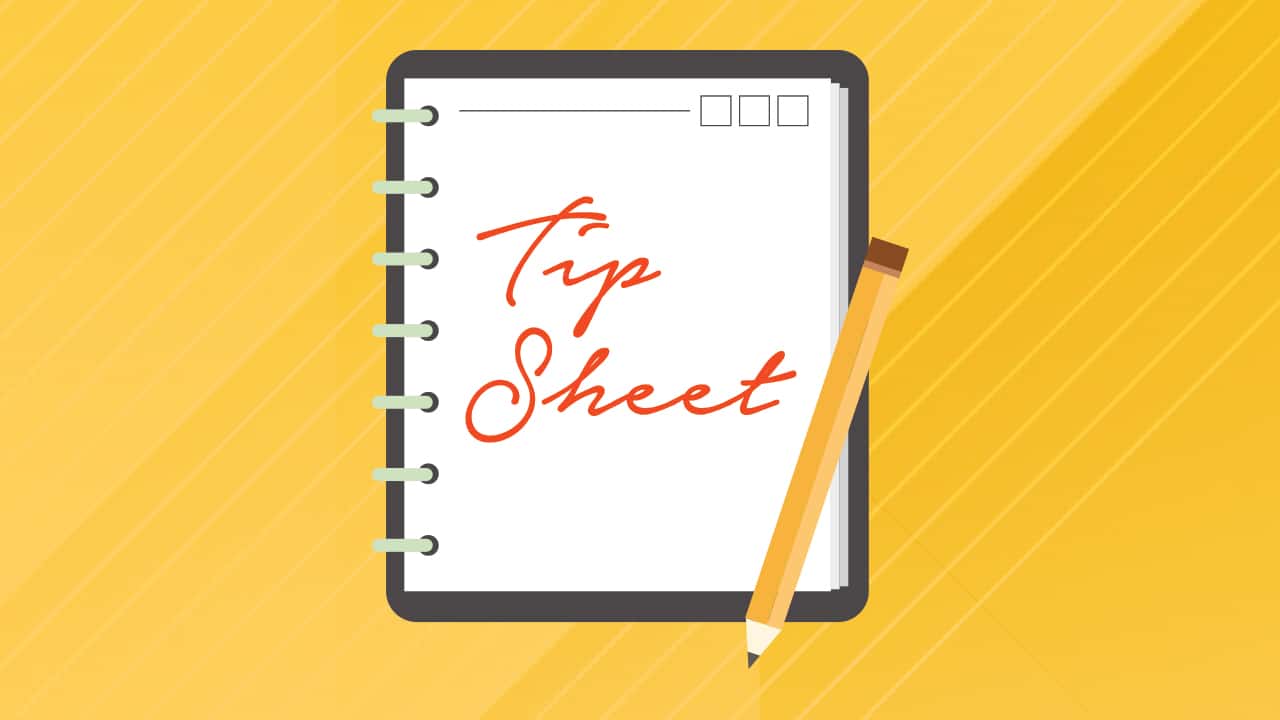You don’t have to make drastic, sweeping changes to improve your leadership effectiveness. Rather, as a recent Knowledge at Wharton article suggests, it’s often “the small, intentional adjustments that have the biggest impact.” In the piece – part of the Wharton School’s Nano Tools for Leaders series – faculty experts offer a few evidence-based action steps leaders can take to strengthen their decision-making and influence.
1. The benefits of doubting
A healthy dose of doubt can bring on the “beginner’s mindset,” motivating you to work harder and smarter. Questioning your pre-existing knowledge and strategies pushes you to seek out new insights and deepen your understanding.
2. Zoom in and out
It’s important to look at the “issue at the heart of a business decision” from all perspectives. The article suggests zooming out to explore how the decision would impact shareholders, the community and global markets, and then zooming in to examine how it might impact your own life and the lives of customers.
3. Ask instead of tell
When it comes to changing minds or getting buy-in, try leading with questions instead of statements. A question opens space for people to voice their opinions more organically than they’d be able to through counterarguing or explaining why they disagree with a statement.
4. Step away from work
When problem solving or ideating, the brain often needs space from the issue to access its most creative state. One expert suggests a form of so-called creative procrastination – taking a brief amount of time to get the situation clearly defined, and then setting it aside. “Your subconscious mind will continue to work on the task while you focus on mundane activities, or even overnight as you sleep.”
